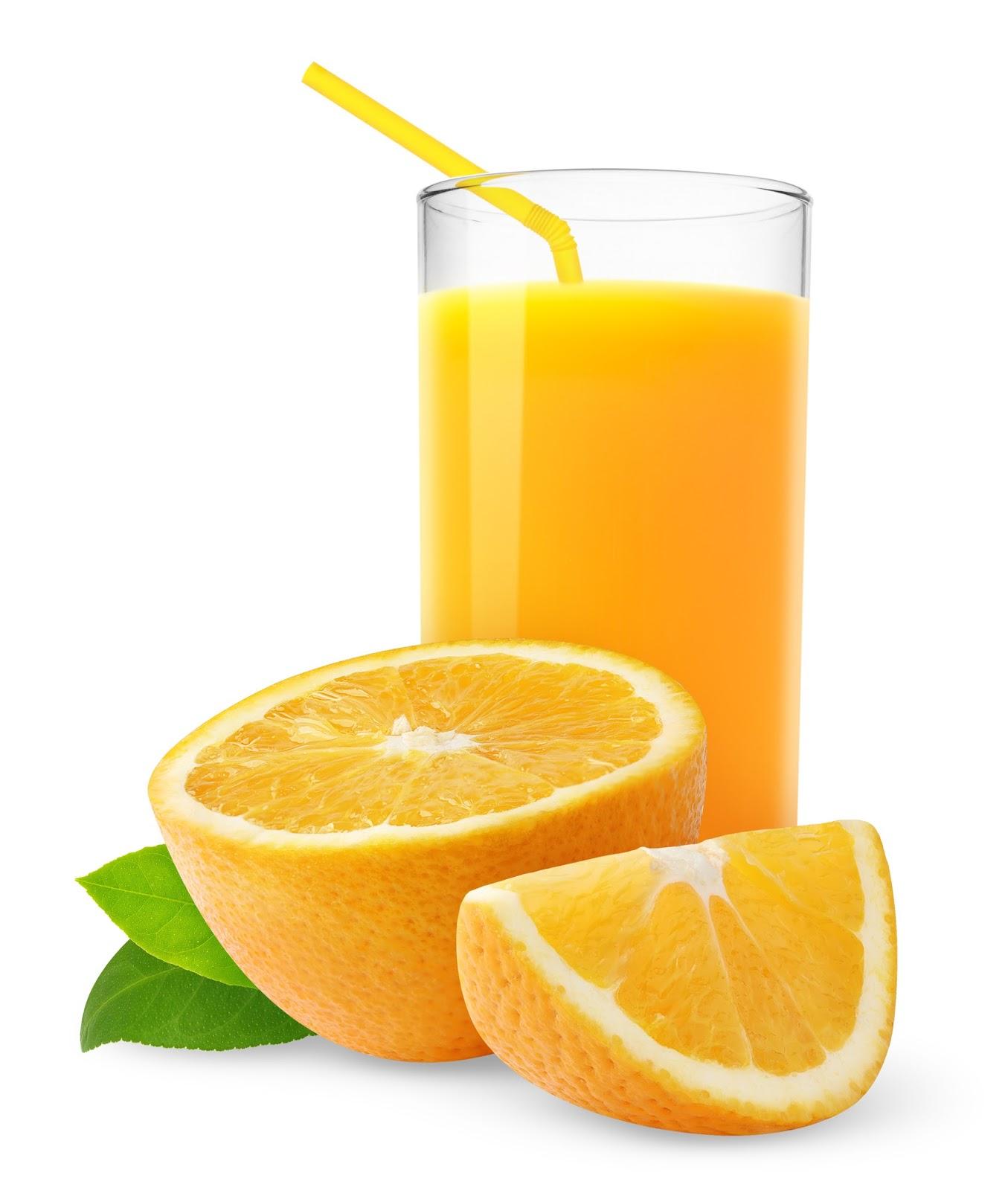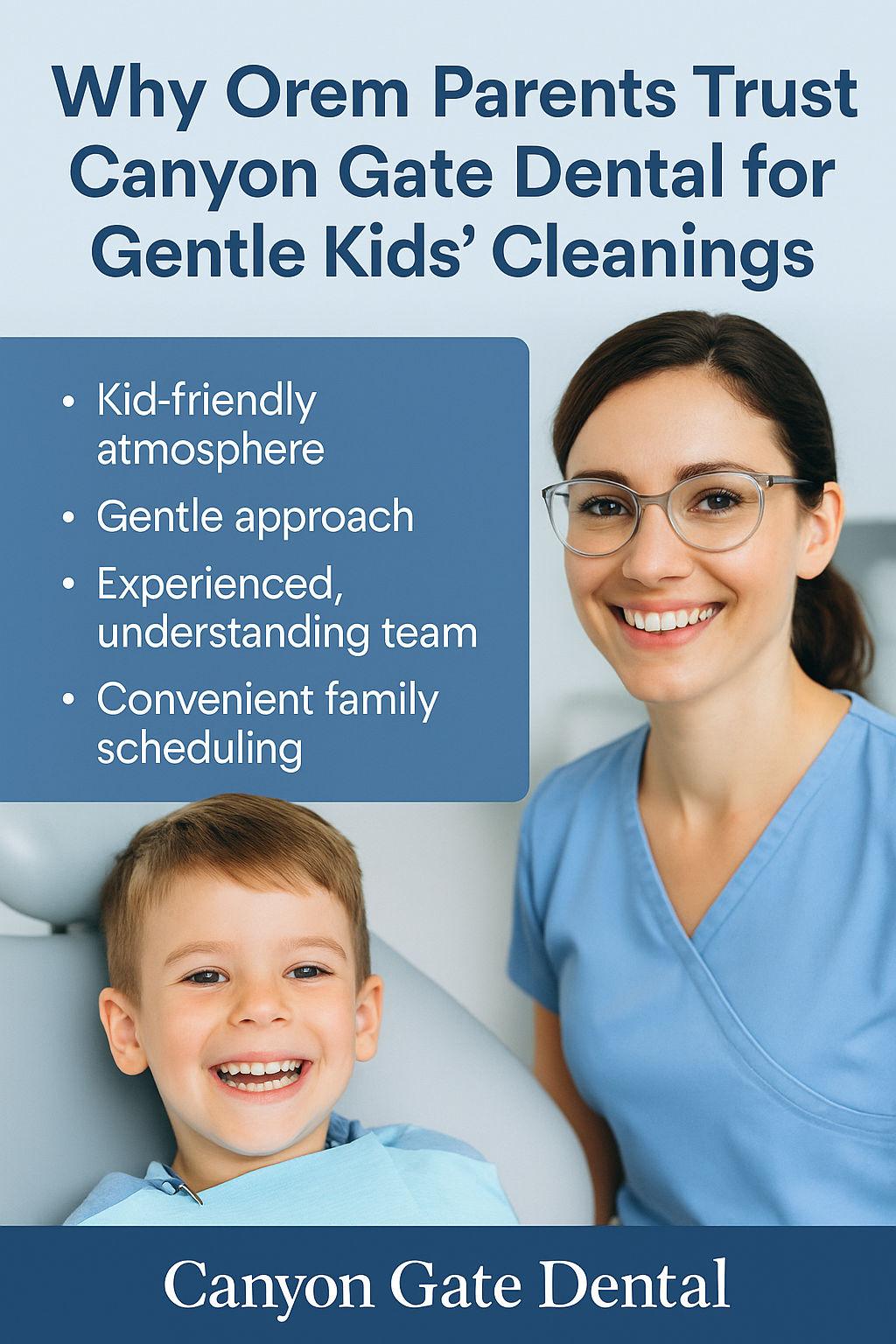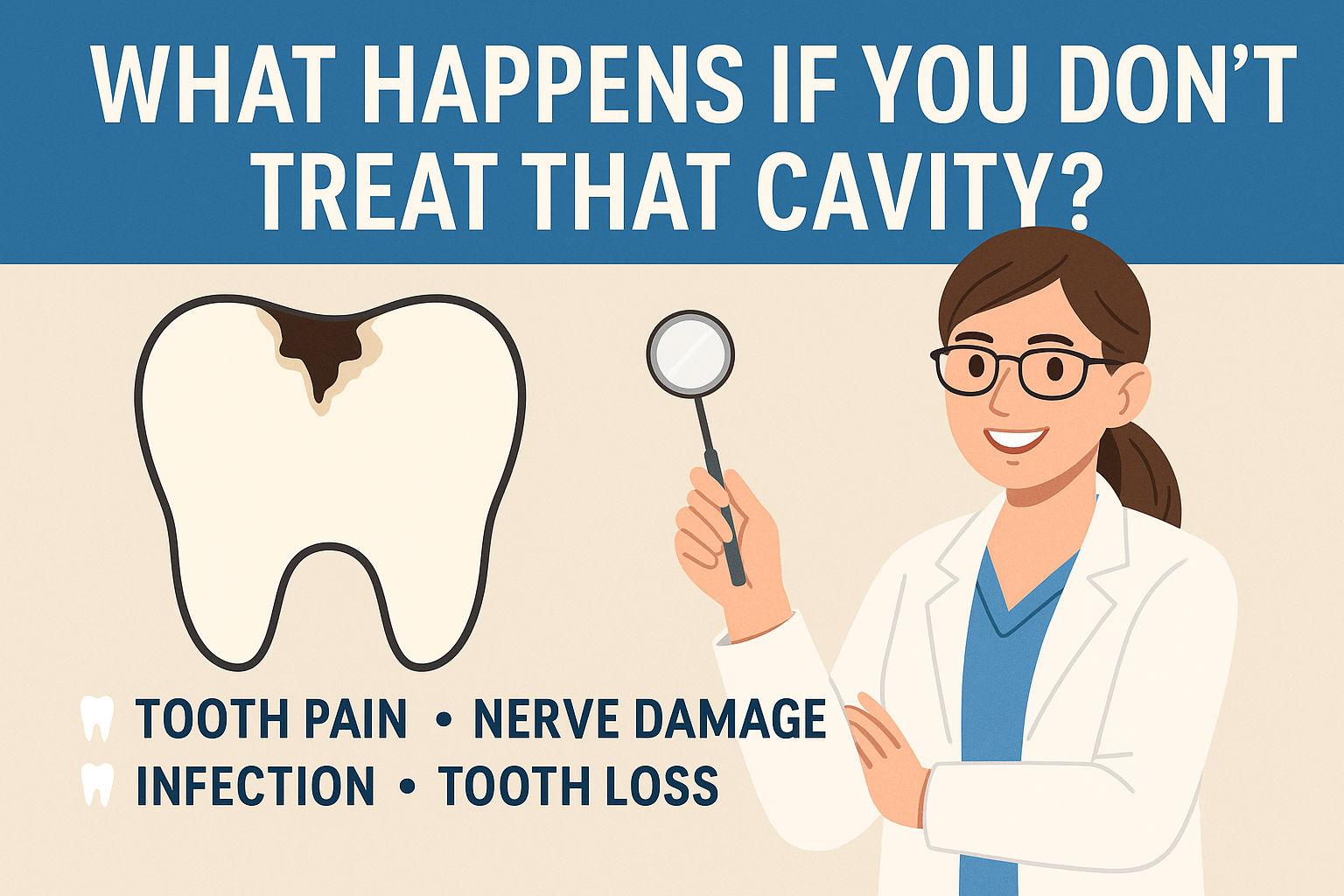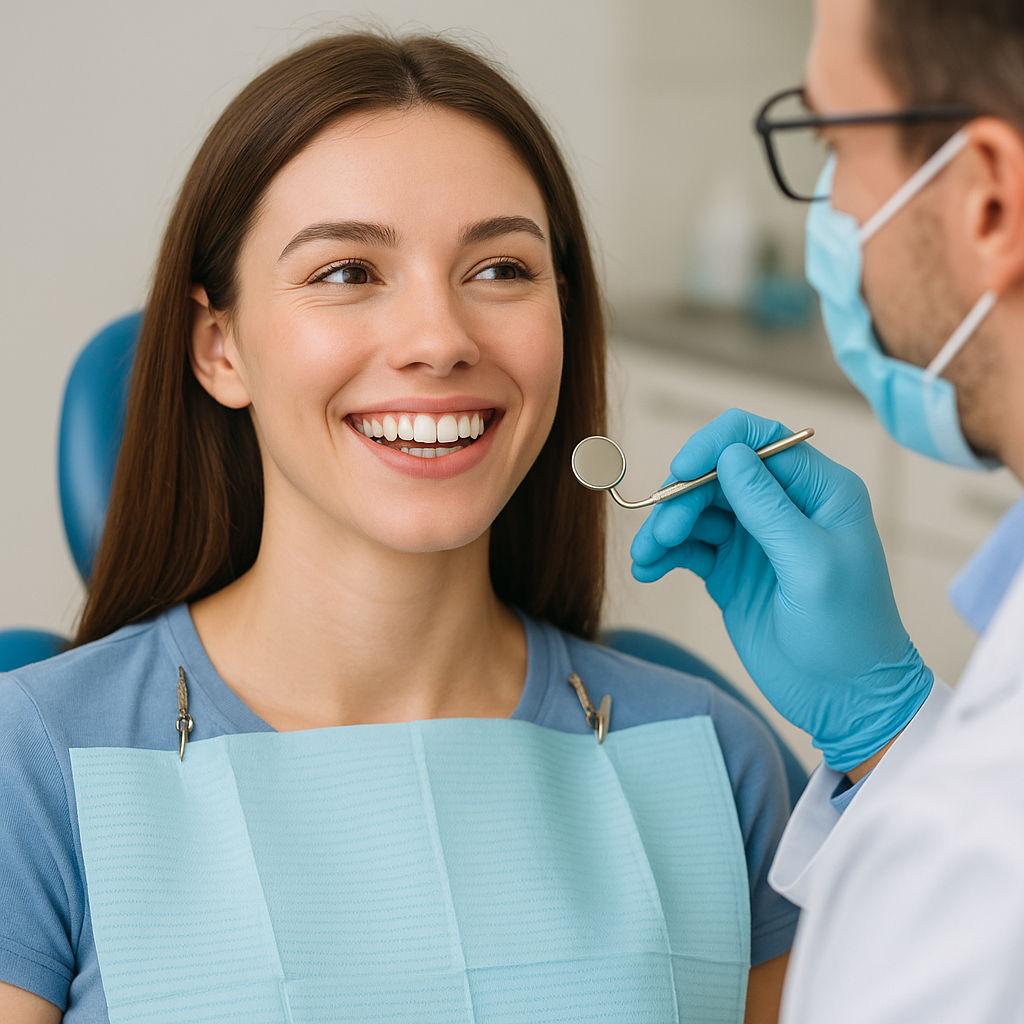Some morning pairs are just mean to be. Bacon and eggs. Toast and jam. Pancakes and syrup. Lucky Charms and Milk. A snowy morning and a comfy bed.
Toothpaste and orange juice? Not even close.
I made an error today, a horrible error. Shortly after brushing my teeth I took a big swig of 100% orange juice. What is normally my favorite beverage made me cringe in disgust. I had forgotten the unwritten rule that everyone knows about morning; never taste citrus while your mouth still feels minty fresh.
As a small consolation for my taste buds’ suffering, I decided to do some research on why this is such a bad combination. Is it merely the pairing of mint and citrus flavors, or is there something deeper at work? The answer is actually pretty interesting.
Sense of Taste
To understand the answer to this question, you have to know how your mouth translates food into flavor sensations. Our mouths are excellent chemical sensors due to having over 10,000 taste buds in the mouth. We generally think of the tongue having all of them, but this isn’t true. The tongue is definitely the primary tasting organ, but taste buds are also found on the roof, sides, and back of the mouth, as well as the throat. Each taste bud has over 100 taste receptor cells which translates into an awful lot of signals being sent to your brain when you taste something. Taste buds are specifically programed to taste five different classes of taste: sweet, salty, bitter, sour, and umami (Read: MSG. Mmmm, Chinese food anyone?). When food enters your mouth, various molecules are distributed on your tongue’s taste bud receptors. A sort of matching game is played out where specific taste bud receptors bind well with some molecules and ignore others. Some molecules match up with sweet receptors, some with bitter receptors, etc. Most of the time this works pretty well, but some compounds throw a wrench in the machine.
Toothpaste Ingredients
I wrote a post recently about toothpaste ingredients. If you missed that one, you can read up on it here or just take my word that one of the common ingredients of toothpaste is Sodium Laurel Sulfate (SLS), which acts as a detergent and makes your toothpaste foamy. SLS seems to irritate the mouths of many individuals, but it does something particularly funny to taste buds. SLS inhibits the sweet taste buds and breaks down molecules called phospholipids which normally cover up and inhibit bitter taste buds. So in essence, it lowers your ability to taste yummy food molecules and maximizes your ability to taste bitter molecules. SLS seems to be particularly good at its taste-hacking job with regard to the flavor molecules contained in citrus foods.
Keep up the good brushing, people, but for heaven’s sake, avoid orange juice after doing so. Thanks for nothing, Sodium Laurel Sulfate.
-Nicolas K. Young, DMD









